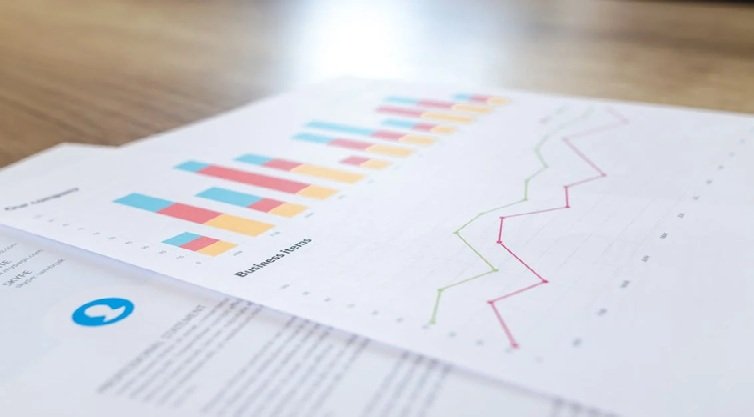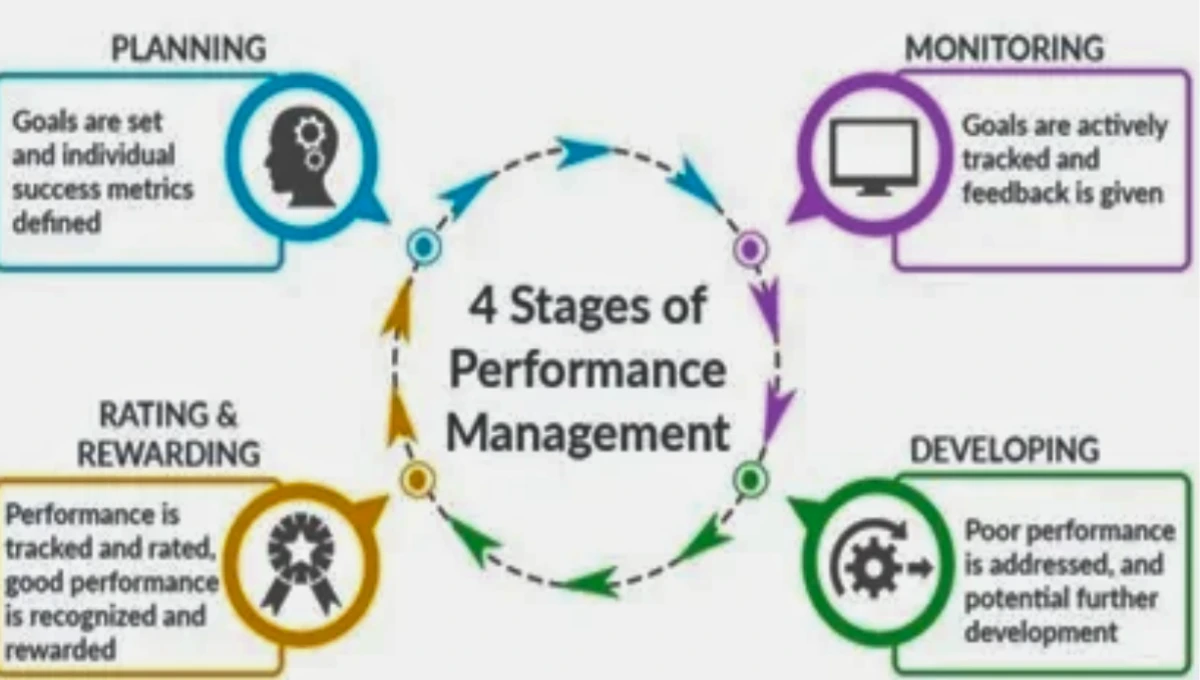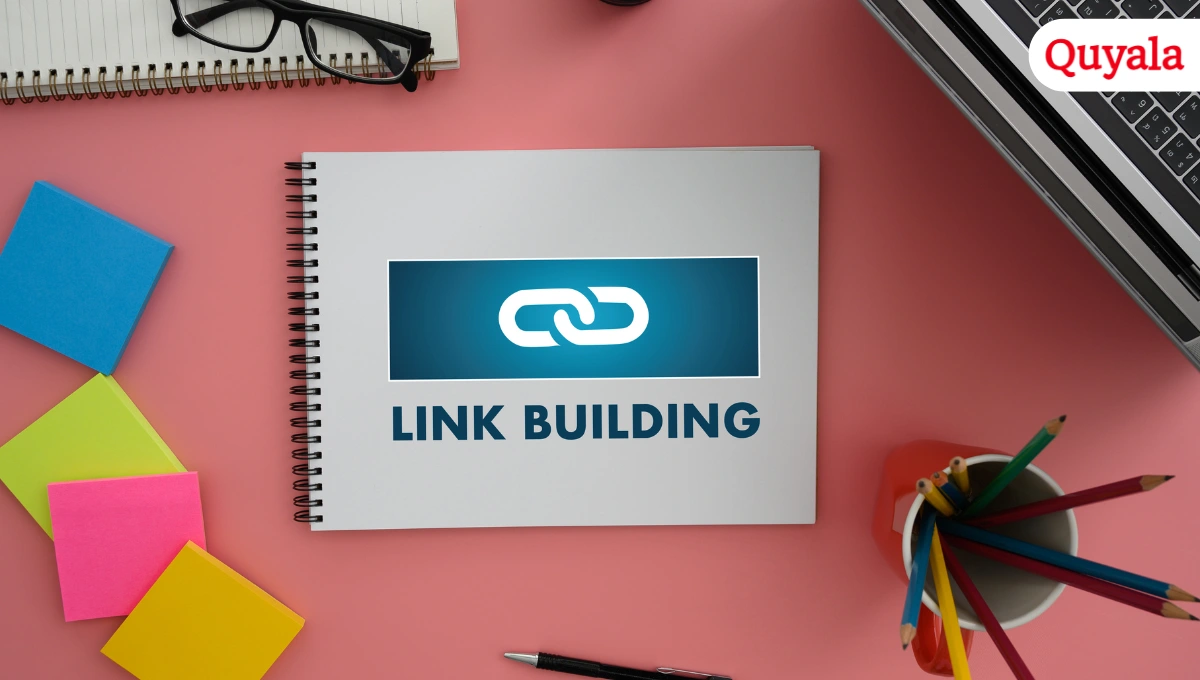Trading has always been dependent on information, timing, and execution. The one thing that has evolved with time is the speed at which data can be processed and how the design of strategies can be tailored to meet the new realities of the market. Technology is not a supportive tool anymore; it is the core of contemporary trading. From advanced analytics to artificial intelligence, traders are finding alternatives to understand markets and make decisions. Knowledge of these changes gives a clue as to the direction of the future of trading.
Data as the New Currency
Traders extensively used historical charts and economic reports in the past. Those, although still essential, are not as important in the modern strategies, which are based on real-time streams of data. Instead of taking hours or days to respond, traders are able to respond moments later, which helps them to have an advantage in volatile markets. The skill to weed out the signal in the noise has equally become as important as the process of interpretation of the numbers themselves.
Machine Learning and Artificial Intelligence.
Artificial intelligence (AI) is not a mere buzzword in the trading industry. It is already changing the way strategies are formulated and experimented with. Machine learning models can learn patterns that cannot be perceived by human eyes. They are able to adjust their behavior to the fluctuating market conditions, make mistakes, and improve predictions with time. This is beneficial to traders because they can be able to change a strategy rather than stick to it. Although human control is vital, AI is fast and flexible, and nothing can keep pace with the traditional methods. The outcome is not automation as such but involves more intelligence that is ingrained in the trading systems.
Automation and Algorithmic Accuracy
Technology has transformed the manner in which trades are conducted as well. This is because automation means that whenever a strategy has been established, the trades can be made without the hesitations of placing the trades and any emotional interference. The algorithms deal with the mechanics, whether it is to execute orders at light speed or divide them into several venues to have a better price. This degree of accuracy enables traders to exploit the opportunities that are available even in fractions of a second. The retail traders also enjoy the benefit of the tools that were previously enjoyed by big institutions and closing the disparities between individual and institutional decision-making in the world markets.
Availability via New Channels
No developments happen without the shape of sophisticated code or high-tech hardware. This avenue has also been increased through the availability of online platforms and brokerages that facilitate the process of getting into trading. Most of these sites offer learning opportunities, trial accounts, and career development. Others offer instant prop firm services, where traders can show their capabilities and access funded accounts without years of accumulating capital. This access enables people from all backgrounds to engage in markets that were previously unavailable to them.
The Human Factor in a Digital Age
Inasmuch as technology is very much coming to dominate the future, the human factor is not fading away. Critical thinking, innovation, and morality are still crucial. No algorithms help to perfectly explain political events, sudden regulatory changes, and cultural forces influencing markets. In order to strike a compromise, traders must consider technological tools and critical thinking, and flexibility. The most effective strategies are those that complement human intuition as opposed to substituting it, forming a combination of events and invention. This equilibrium is the probable future phase of trading development.
Conclusion
The world of technology is transforming the way people are trading in the market in a manner that goes way beyond speed and efficiency. Since the preeminence of real-time information in the emergence of AI models, each element of the procedure is undergoing improvement. Automation guarantees impeccable performance, whereas accessibility provides an opportunity for more participants. However, with these developments, human judgment still plays the key role. It is not machines or people who will have the future of trading, but people who know how to integrate the two.



